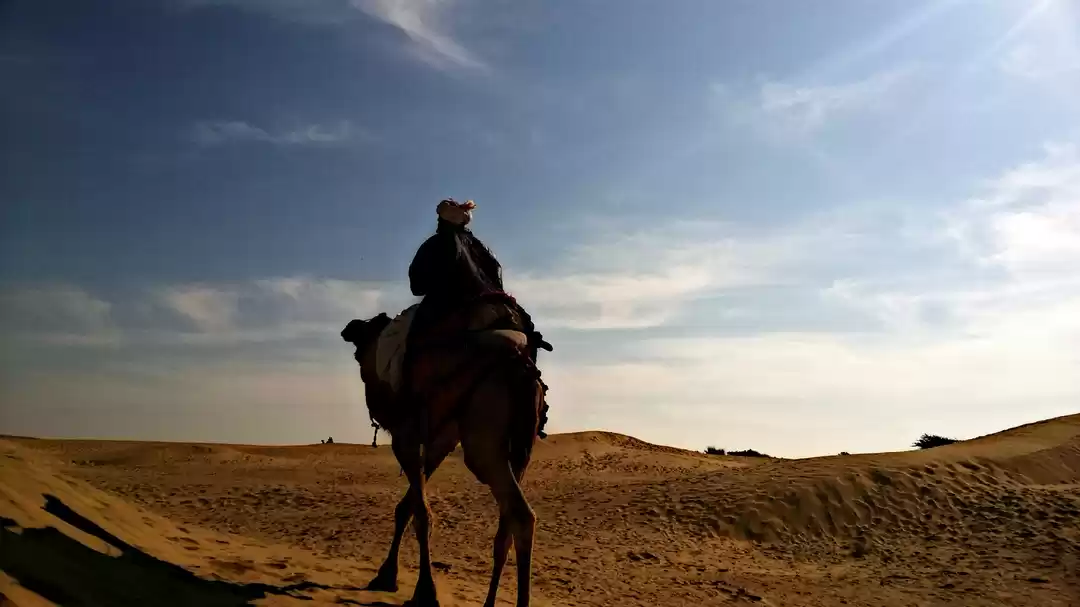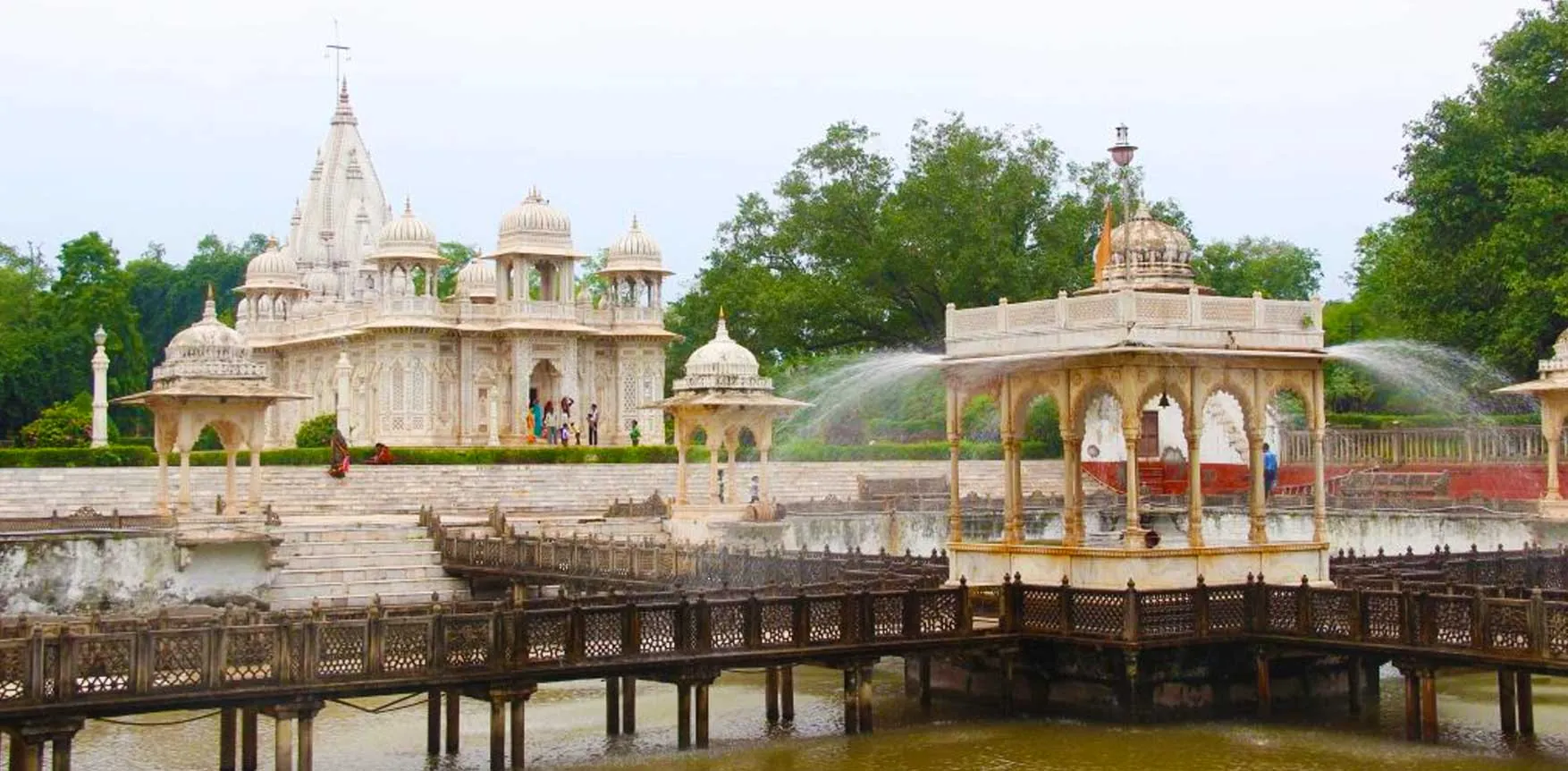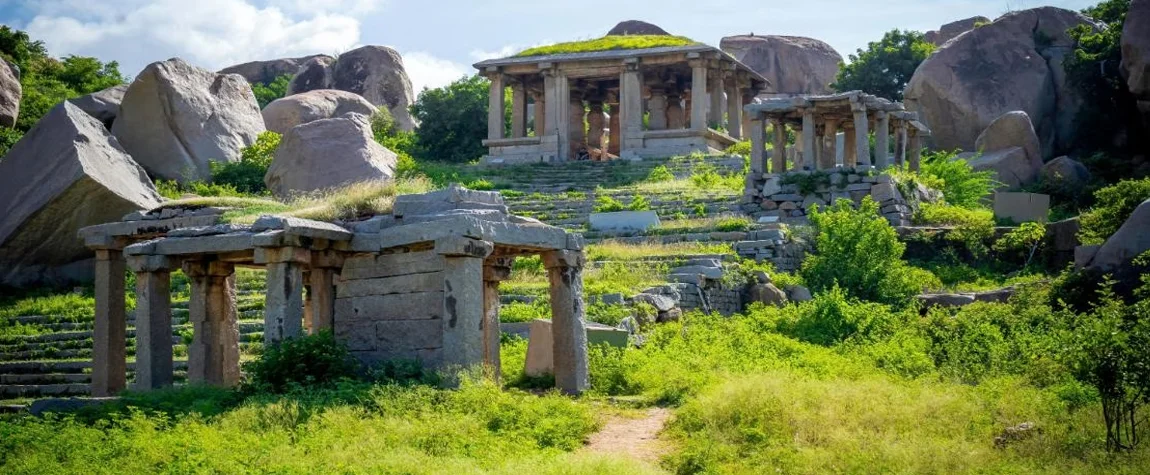Nashik, a city in Maharashtra, India, is known for its rich history, religious significance, and vibrant culture. Situated on the banks of the Godavari River, it is one of the holiest cities for Hindus and hosts the Kumbh Mela, one of the largest religious gatherings in the world. Nashik is also famous for its ancient temples, including the Trimbakeshwar Temple, a revered Jyotirlinga shrine. Apart from its spiritual essence, the city is often called the “Wine Capital of India” due to its flourishing vineyards and wineries. With a perfect blend of tradition and modernity, Nashik continues to attract tourists, pilgrims, and wine enthusiasts alike.
1. Shree Kalaram Mandir Sansthan
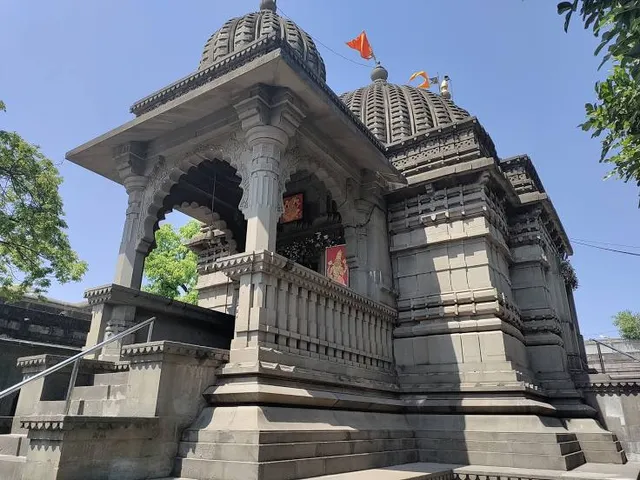
Shree Kalaram Mandir Sansthan is a historic temple in Nashik, dedicated to Lord Rama. Built in the 18th century, it features a striking black idol of Rama and beautiful architecture. The temple is an important pilgrimage site and also played a role in India’s social reform movement led by Dr. B.R. Ambedkar.
Location : Shree Kalaram Mandir Sansthan is located in Panchavati, Nashik, Maharashtra, India.
Timing : Shree Kalaram Mandir Sansthan is open to devotees daily from 5:00 AM to 10:00 PM.
Entry Fee : There is no entry fee to visit Shree Kalaram Mandir Sansthan.
2. Pandav Leni Caves
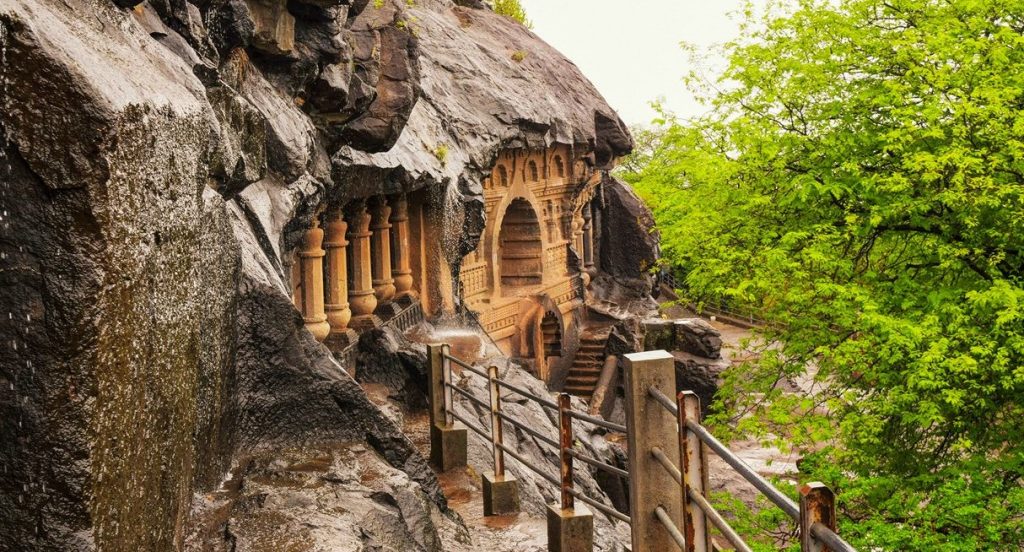
Pandav Leni Caves, also known as Trirashmi Caves, are a group of ancient rock-cut caves located in Nashik, Maharashtra. These Buddhist caves date back to the 2nd century BCE to the 6th century CE and were carved by Jain and Buddhist monks. The caves feature intricate carvings, viharas (monastic halls), and stupas, reflecting the influence of Hinayana Buddhism. Though called “Pandav Leni,” they have no connection to the Pandavas from the Mahabharata. Situated on a hill, the caves offer a breathtaking view of Nashik city, making them a popular historical and trekking destination.
Location : Pandav Leni Caves are located on Trirashmi Hills, Nashik, Maharashtra, India.
Timing : Pandav Leni Caves are open daily from 8:00 AM to 5:30 PM.
Entry Fee : The entry fee for Pandav Leni Caves is:
- ₹25 per person (Indians)
- ₹300 per person (Foreigners)
- Free entry for children below 15 years
3. Sita Gufa
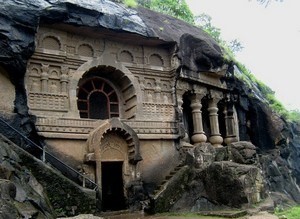
Sita Gufa (Sita Cave) is a sacred site in Panchavati, Nashik, Maharashtra, associated with the epic Ramayana. It is believed to be the place where Goddess Sita stayed during her exile and where Ravana kidnapped her. The cave has a narrow entrance and houses idols of Lord Rama, Sita, and Lakshmana, along with a Shivlinga that Sita is said to have worshipped. It is an important pilgrimage site for Hindus and a popular tourist attraction in Nashik.
Location : Sita Gufa is located in Panchavati, Nashik, Maharashtra, India.
Timing : Sita Gufa is open daily from 6:00 AM to 9:00 PM.
Entry Fee : There is no entry fee to visit Sita Gufa. It is open to all visitors free of cost. 😊
4. Harihar Fort
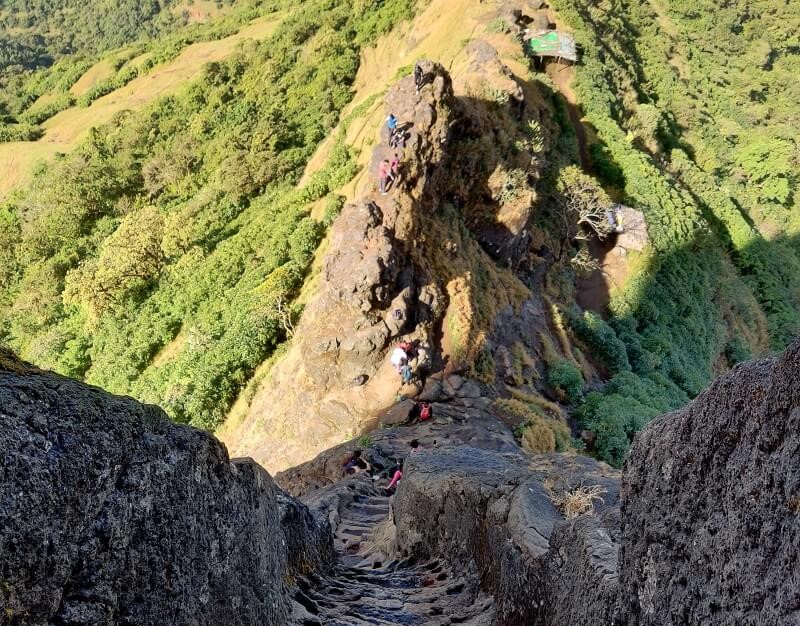
Harihar Fort, also known as Harshagad, is a historic hill fort located in the Nashik district of Maharashtra. It is famous for its steep rock-cut steps that lead to the top, making it a thrilling trekking destination. Built during the Yadava dynasty and later controlled by the Mughals and Marathas, the fort offers stunning views of the Sahyadri mountain range. At the summit, trekkers can explore a small temple, a water cistern, and ruins of old structures. The challenging yet scenic trek attracts adventure enthusiasts from all over Maharashtra.
Location : Harihar Fort is located in the Trimbak Range, near Trimbak town in Nashik district, Maharashtra, India.
Timing : Harihar Fort is open 24 hours, but trekking is best done between sunrise and sunset (6:00 AM – 6:00 PM) for safety.
Entry Fee : There is no entry fee to visit Harihar Fort. It is open to all trekkers and visitors free of cost. 😊
5. Coin Museum
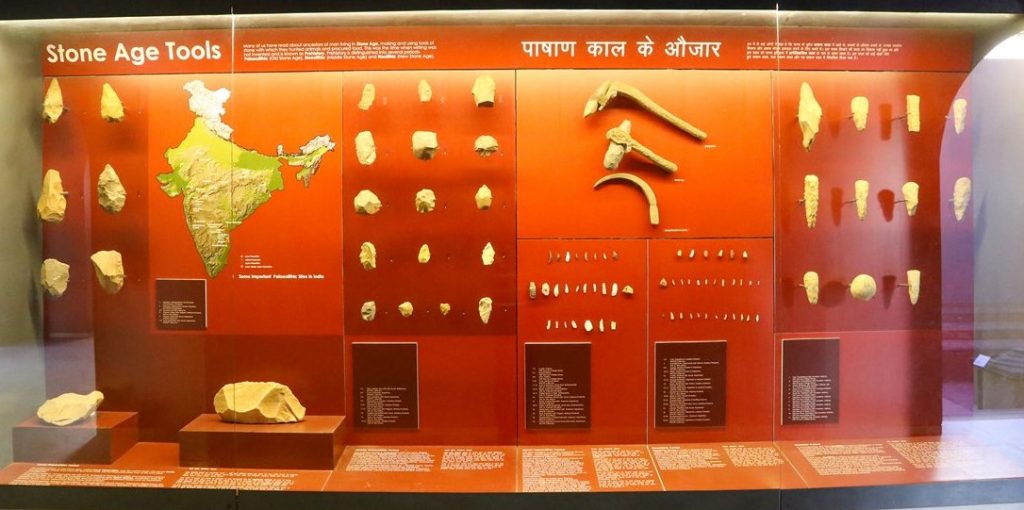
The Coin Museum, also known as the Shanti-Krishna Museum of Money and History, is a unique museum located in Nashik, Maharashtra. Established in 1980 by the Indian Institute of Research in Numismatic Studies (IIRNS), it showcases India’s rich numismatic history, displaying ancient coins, currency notes, and minting techniques. The museum provides insights into the evolution of currency, from early trade tokens to modern money, making it an educational and fascinating place for history enthusiasts and researchers.
Location : The Coin Museum (Shanti-Krishna Museum of Money and History) is located at the IIRNS Campus, Anjaneri, on Nashik-Trimbakeshwar Road, Nashik, Maharashtra, India.
Timing : The Coin Museum (Shanti-Krishna Museum of Money and History) is open Monday to Saturday from:
🕘 9:30 AM – 1:00 PM
🕑 2:00 PM – 5:30 PM
Closed on Sundays and public holidays. 😊
Entry Fee : The entry fee for the Coin Museum (Shanti-Krishna Museum of Money and History) is:
- ₹10 per person (Indians)
- ₹50 per person (Foreigners)
6. Shrine of the Infant Jesus
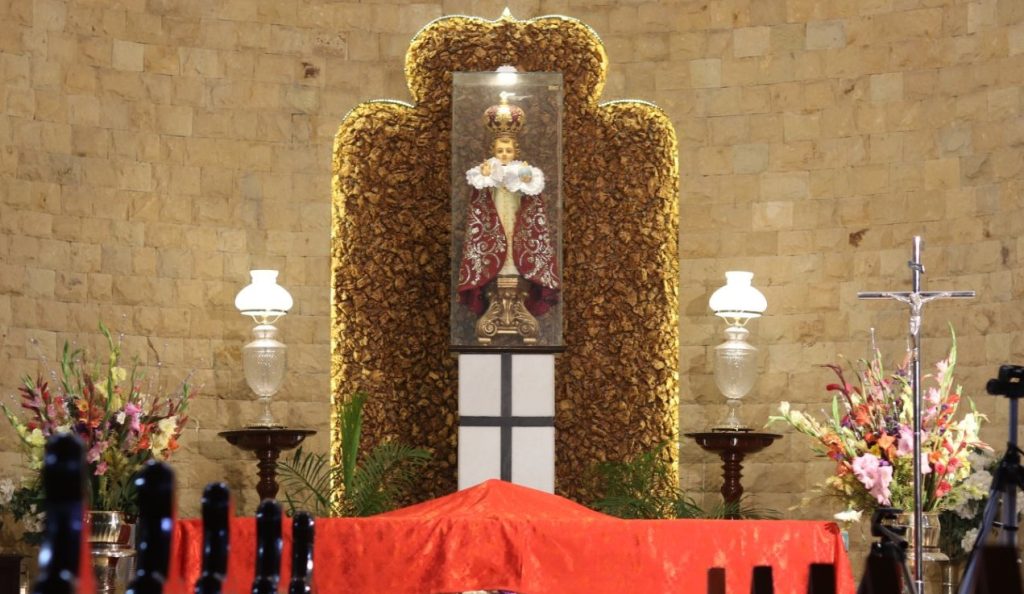
The Shrine of the Infant Jesus in Nashik is a famous Christian pilgrimage site dedicated to Infant Jesus. Known for its peaceful ambiance and spiritual significance, the shrine attracts devotees from across India, regardless of religious background. The annual Feast of Infant Jesus, celebrated in February, is a major event drawing thousands of visitors. The shrine’s beautiful architecture and serene surroundings make it a must-visit for those seeking blessings and tranquility.
Location : The Shrine of the Infant Jesus is located on Dindori Road, Nashik, Maharashtra, India.
Timing : The Shrine of the Infant Jesus in Nashik is open daily from 6:00 AM to 10:00 PM. 😊
Entry Fee : There is no entry fee to visit the Shrine of the Infant Jesus in Nashik.
7. Dharmachakra Prabhav Mantradhiraj Choumukhi Parshvnath Shwetambar Jain Tirth
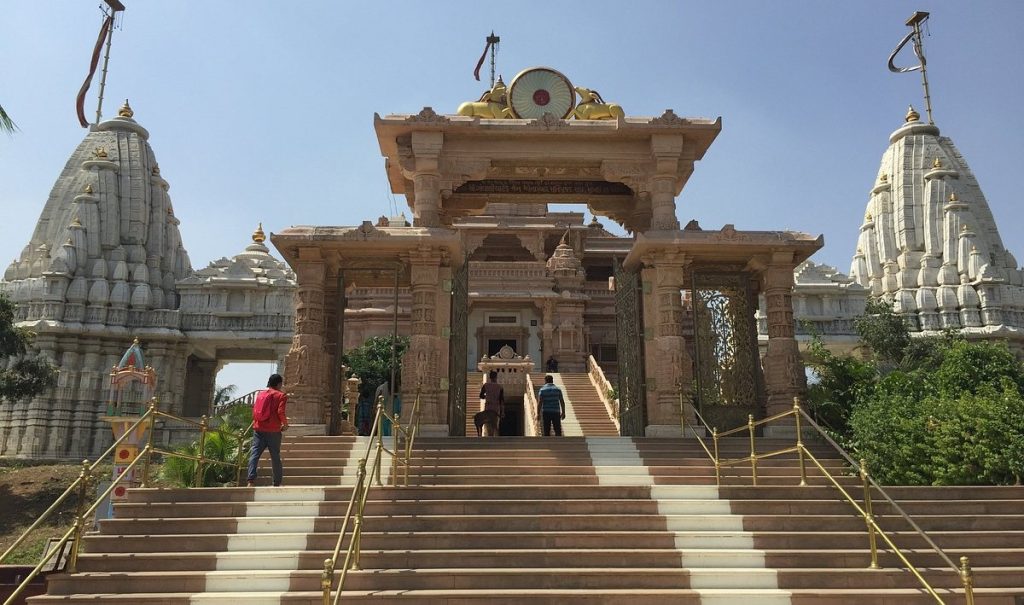
The Dharmachakra Prabhav Mantradhiraj Choumukhi Parshvnath Shwetambar Jain Tirth is a stunning Jain temple located in Nashik, Maharashtra. Dedicated to Lord Parshvanath, the 23rd Jain Tirthankara, the temple is known for its intricate architecture, spiritual ambiance, and beautifully carved idols. The temple complex features a Chaturmukhi (four-faced) idol of Lord Parshvanath, symbolizing his presence in all directions. It is a significant pilgrimage site for Shwetambar Jains and a serene place for meditation and devotion.
Location : The Dharmachakra Prabhav Mantradhiraj Choumukhi Parshvnath Shwetambar Jain Tirth is located near Tapovan, Nashik, Maharashtra, India.
Timing : The Dharmachakra Prabhav Mantradhiraj Choumukhi Parshvnath Shwetambar Jain Tirth is open daily from 6:00 AM to 8:00 PM. 😊
Entry Fee : There is no entry fee to visit the Dharmachakra Prabhav Mantradhiraj Choumukhi Parshvnath Shwetambar Jain Tirth.
8. Mangi Tungi
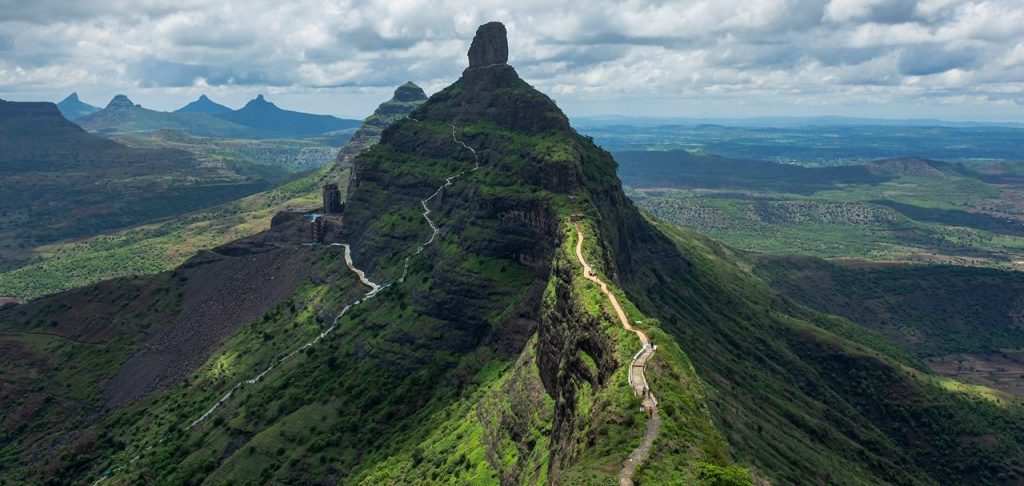
Mangi Tungi is a sacred Jain pilgrimage site located in the Satana Taluka of Nashik district, Maharashtra. It consists of two prominent peaks, Mangi and Tungi, and is known for its ancient rock-cut Jain temples and idols. The site is famous for having the world’s tallest Jain statue, a 108-foot-tall idol of Lord Rishabhanatha (Adi Nath). Mangi Tungi is believed to be the place where several Jain saints attained moksha (liberation). The trek to the top involves climbing around 4,500 steps, offering breathtaking views of the surrounding landscape.
location : Mangi Tungi is located in Satana Taluka, Nashik District, Maharashtra, India.
Timing : Mangi Tungi is open daily from 6:00 AM to 6:00 PM.
Entry Fee : There is no entry fee to visit Mangi Tungi.
Famous Food In Nashik
1. Nashik Misal Pav
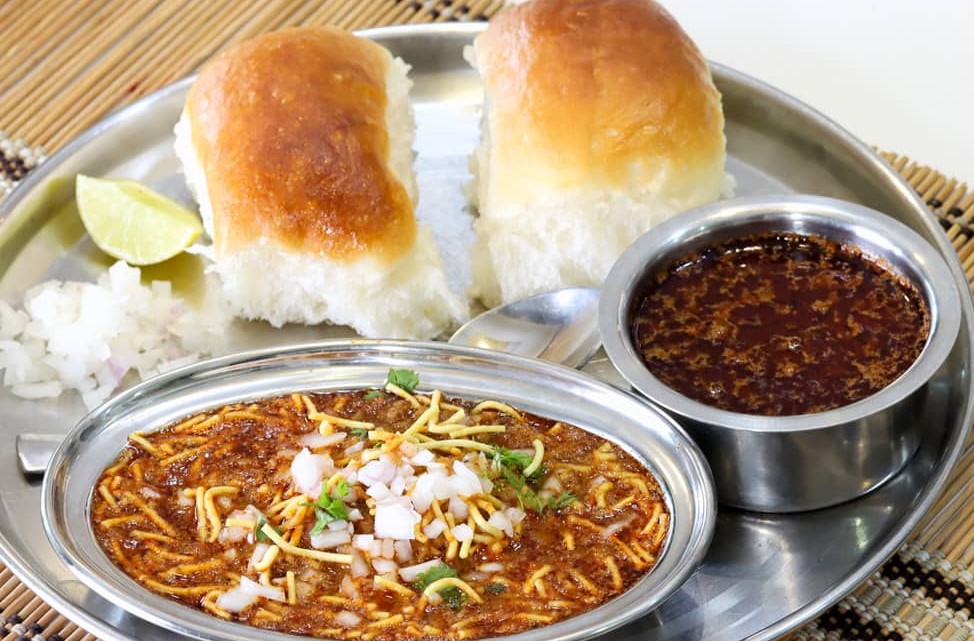
Nashik Misal Pav is one of the most famous and flavorful versions of Misal Pav in Maharashtra. It is a spicy curry made from sprouted moth beans (matki), topped with crunchy farsan (fried savory mix), chopped onions, coriander, and a squeeze of lemon. The curry, known as rassa or tarri, has a rich, spicy, and slightly tangy taste, often served with soft pav (bread rolls) and a side of curd to balance the heat.
Ingredients : sprouted moth beans and spices
2. Makai Chivda
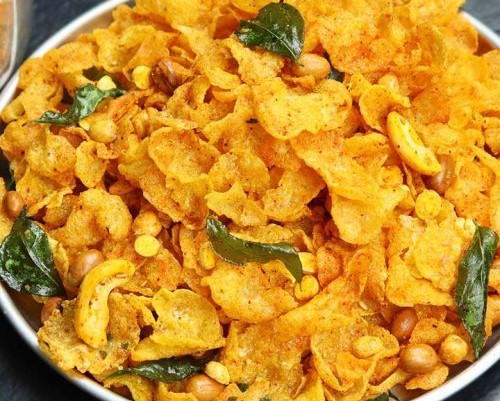
Makai Chivda is a crispy, spicy, and flavorful snack made with cornflakes (makai poha), nuts, and aromatic spices. It is a popular tea-time snack in Maharashtra, especially during festive seasons like Diwali. This snack is light, crunchy, and mildly spiced, making it perfect for munching!
Ingredients : Makai Poha and spices
3. Gulachi Poli
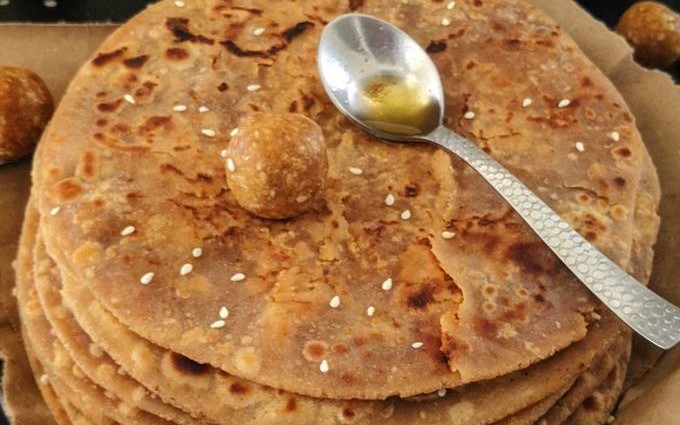
Gulachi Poli is a delicious and traditional Maharashtrian sweet flatbread made with wheat flour, jaggery (gud), and sesame seeds. It is especially prepared during Makar Sankranti and other festive occasions. The roti has a soft texture with a flavourful sweet filling and is best enjoyed with a dollop of ghee!
Ingredients : Whole wheat flour, jaggery, coconut and Sesame seeds
4. Bharli Vangi
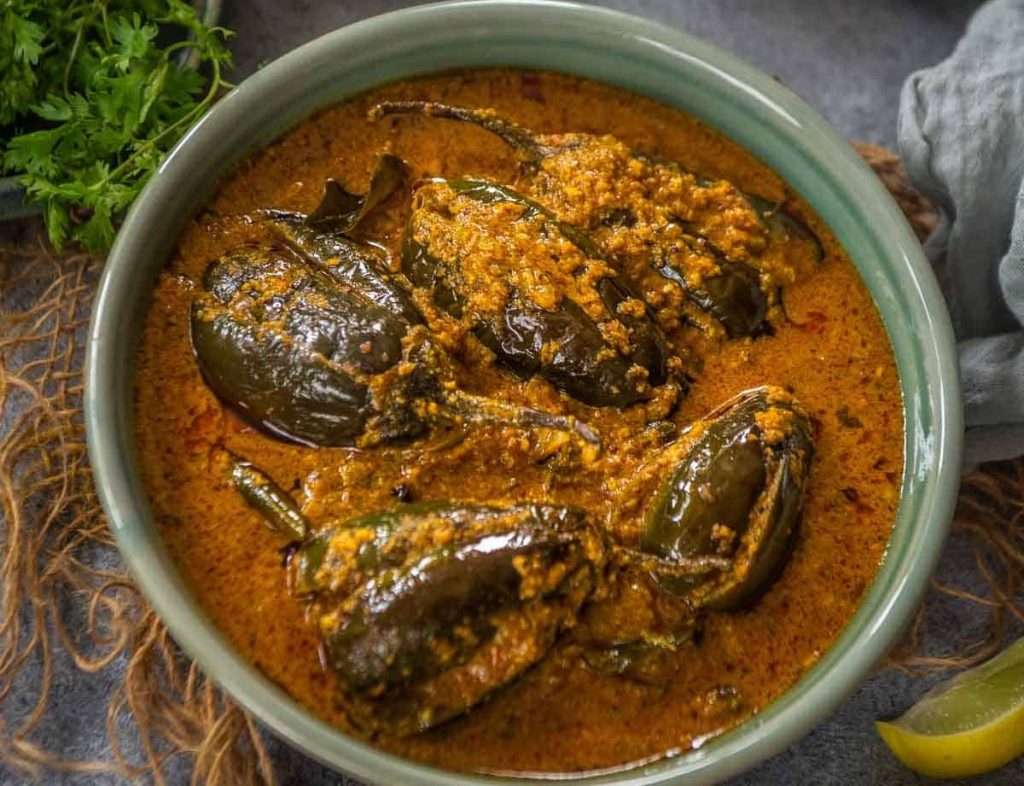
Bharli Vangi is a delicious and flavorful Maharashtrian-style stuffed brinjal curry made with baby brinjals (eggplants), peanuts, coconut, and spices. It has a rich, slightly sweet, tangy, and spicy taste and pairs well with bhakri, chapati, or steamed rice. This dish is especially popular in Maharashtrian weddings and festivals.
Ingredients : small brinjals, peanuts, coconut and spices
5. Zunka Bhakri
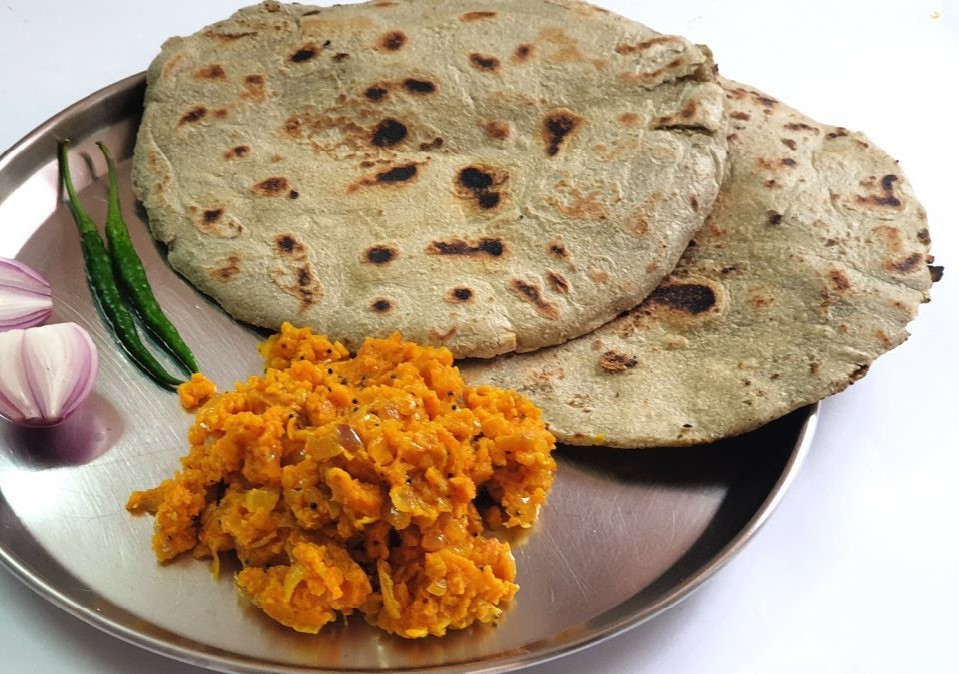
Zunka Bhakri is a classic Maharashtrian dish made with gram flour (besan) and spices, served with Jowar or Bajra Bhakri (millet flatbread). It is a simple yet flavourful dish, often enjoyed in rural Maharashtra as a staple meal. Zunka is a dry, spicy, and protein-rich dish, while Bhakri is a hearty, rustic flatbread.
Ingredients : Besan, Jowar or Bajra flour and spices




